America has been enamored with the diesel pickup truck for decades. Usually, these trucks are hulking beasts with the power to pull mountain ranges and enough luxury to outclass a German car. But what if you want something a lot smaller? Back in the 2010s, General Motors had just the answer with the Chevrolet Colorado Duramax. For just six years and for a floor of an affordable $35,080, truck buyers in America got a shockingly capable inline-four diesel pickup truck that got a whopping 31 mpg on the highway. Today, they’re a somewhat unknown secret to getting a cheap diesel pickup truck.
Before the scandals revealed during the Dieselgate emissions controversy, diesel fuel was considered a superior choice compared to gasoline. Car manufacturers informed consumers that diesel vehicles were far more environmentally friendly than their gas counterparts. Many European nations offered incentives and subsidies to promote diesel usage. As a result, this led to an overwhelming preference for diesel engines across Europe, making them the standard fuel type. It may seem surprising to some Americans, but there are cases where the gasoline variant of a vehicle is less common than its diesel equivalent.
Diesel even took off here in America. While our adoption rates were never as high as Europe’s, marques like Volkswagen and Mercedes-Benz spent more than two decades repairing the awful reputation diesel earned in the 1980s after the high-profile bungling of GM’s diesel efforts. In the years leading up to Dieselgate in the 2010s, Volkswagen of America reported that around a quarter of its yearly sales went to diesel models. Some VW enthusiast models sold more diesels than gas engines.
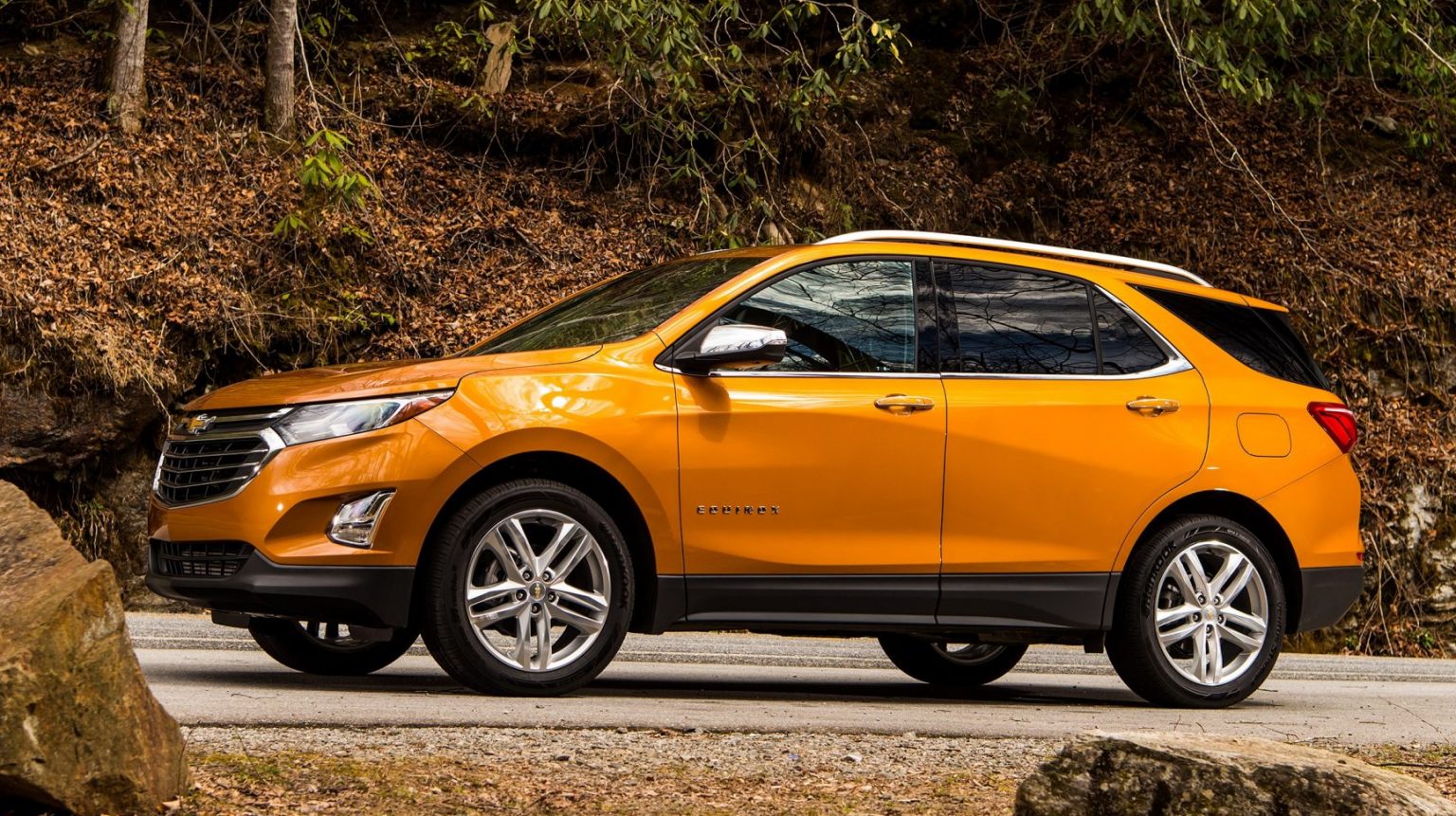
Other automakers took notice and wanted a piece of the pie, leading to a very brief period here in America where you were able to get diesels in everything from Jeep Grand Cherokees to Chevy Cruze economy cars. Mazda wanted in on the diesel action, too, aiming to beat Volkswagen at its own game. But, it seemed that Mazda didn’t know that VW was playing with a stacked deck, and Mazda’s diesel development took so long and made so many compromises that its Skyactiv-D engine was a dud on arrival in America.
Since Dieselgate, the term "diesel" has understandably turned into a tarnished one. In Europe, the diesel marketshare dropped sharply, going from dominating the industry to accounting for only a small share In just a few years, much of the passenger vehicle market shifted away from diesels. Many appealing diesel models were scrapped in the U.S. as well. Today, diesel has largely returned to focusing on what it excels at: propelling large vehicles such as heavy-duty pickups, semi-trucks, and construction machinery.
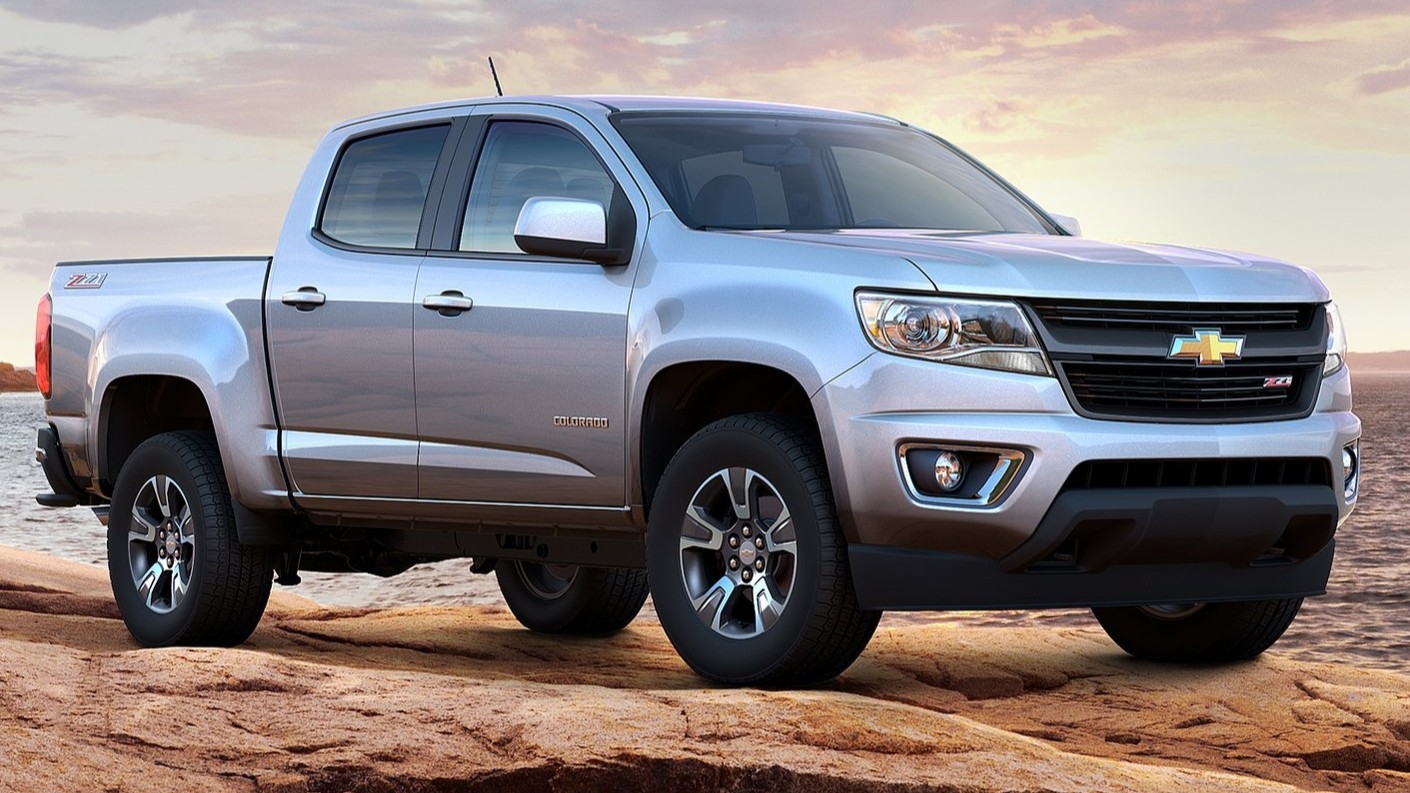
Nevertheless, one car manufacturer kept working diligently on diesel technology, holding onto a vision that most others had abandoned. To GM, diesel itself wasn't the problem; it was Volkswagen that was at fault. The Wall Street Journal It was reported that General Motors thought they might revitalize diesel engines and step into the gap created by Volkswagen of America's decision to halt diesel vehicle sales.
The outcome was that, following Dieselgate, GM briefly produced some exceptionally odd diesel engines during an unusual period. including the Chevy Equinox Of all vehicle options. However, the plan also introduced us to the brief but impressive existence of the Chevy Colorado Duramax and its equally noteworthy GMC Canyon Duramax counterpart.
A Duramax That Doesn’t Have an American Origin
In 2016, General Motors unveiled ambitious plans. Prior to this announcement, GM had tested diesel engines in the Cruze model. Although the Cruze diesel didn’t set the market ablaze with its popularity, the company decided to expand its offerings further. Joining the lineup would be models such as the Chevrolet Equinox diesel, the Chevrolet Silverado 1500 Duramax, the Chevy Tahoe, and the Chevy Suburban, along with their luxurious counterparts. This extensive range included an impressive Cadillac Escalade diesel variant—an opportunity I regret missing out on. Additionally, the plan encompassed both previously mentioned compact pickup trucks.
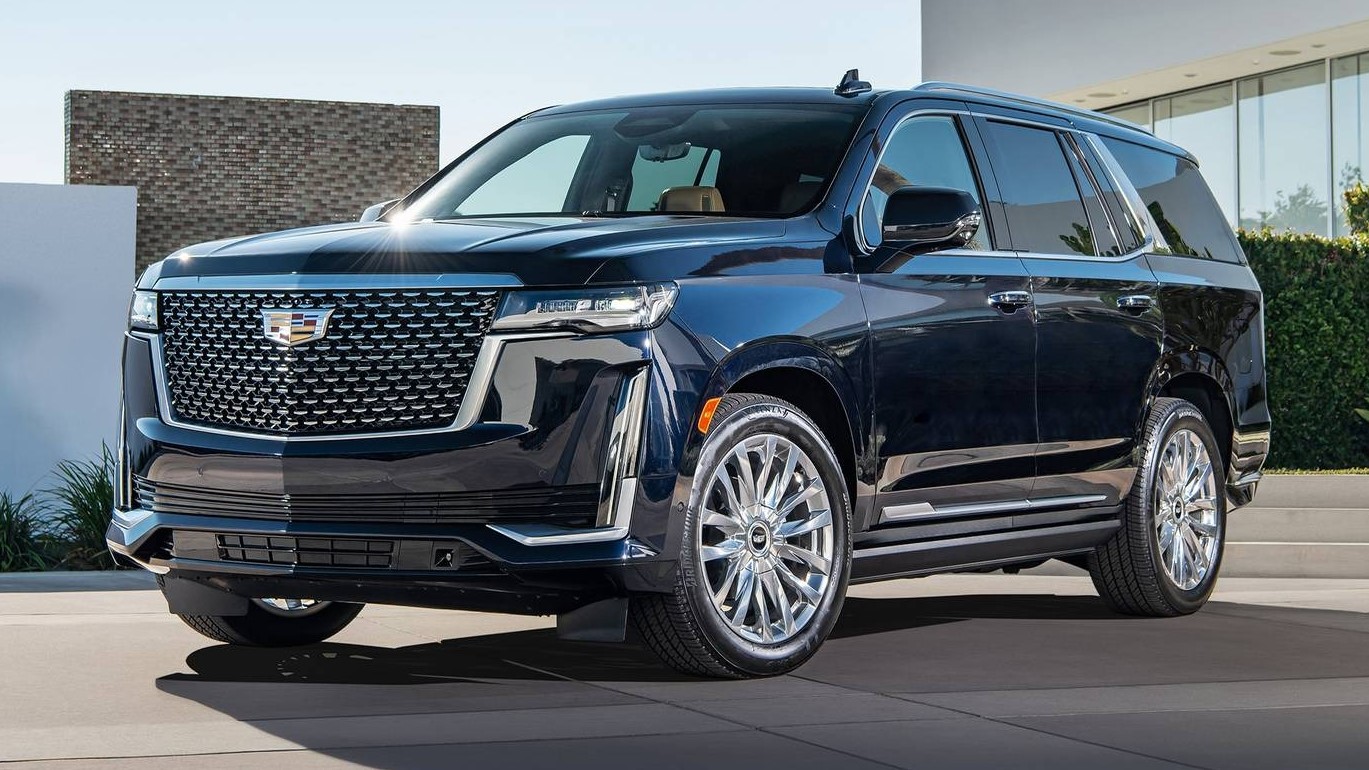
One might easily think that the Duramax branding implies locally developed engines. However, for over twenty years, the powerful Duramax V8s used in GM’s heavy-duty pickups have been significant engineering projects spearheaded by GM’s Powertrain division right here in the U.S.
Rather than doing so internally, when GM aimed to incorporate diesel engines into its more compact models, it sought assistance from its European powertrain division. From my retrospective :
It began with the General Motors Global Propulsion Systems Torino team based in Italy. Automotive News Europe wrote, GM Turin was selected as the hub for diesel innovation. The technical center, which Automotive News Europe was established following the collapse of the GM-Fiat Powertrain partnership in 2005, with the main objective of decreasing fuel consumption for engines throughout the GM lineup.
The Torino plant developed the Opel 1.6-liter "Whisper Diesel" engine, which was installed in models like the Cruze, Equinox, and Terrain. According to General Motors' statement to Automotive News Europe back in 2018, they were producing five different diesel engine lines then. Among these diesel series, only the 6.6-liter Duramax V8 did not originate from the Torino design team. So, whether you own a diesel Colorado equipped with the 2.8-liter inline-four or a diesel Cruze featuring the 1.6-liter inline-four, remember that the engineers based here played an essential role in crafting your vehicle’s powerplant.
In 2017, General Motors puzzled many within the automotive sector by divesting its European division yet retaining the Torino technical center. GM maintained this location because they considered it crucial for their work on internal combustion engines. However, the site was eventually sold again in 2020.
GM’s decision to venture into Italy was not arbitrary. As David Tracy pointed out in his article, Italy has historically attracted U.S. automakers looking to incorporate compact engines into their cars. For many years, Chrysler’s divisions have relied heavily on VM Motori of Italy for producing these smaller diesel engines.
You've Encountered This Engine Previously
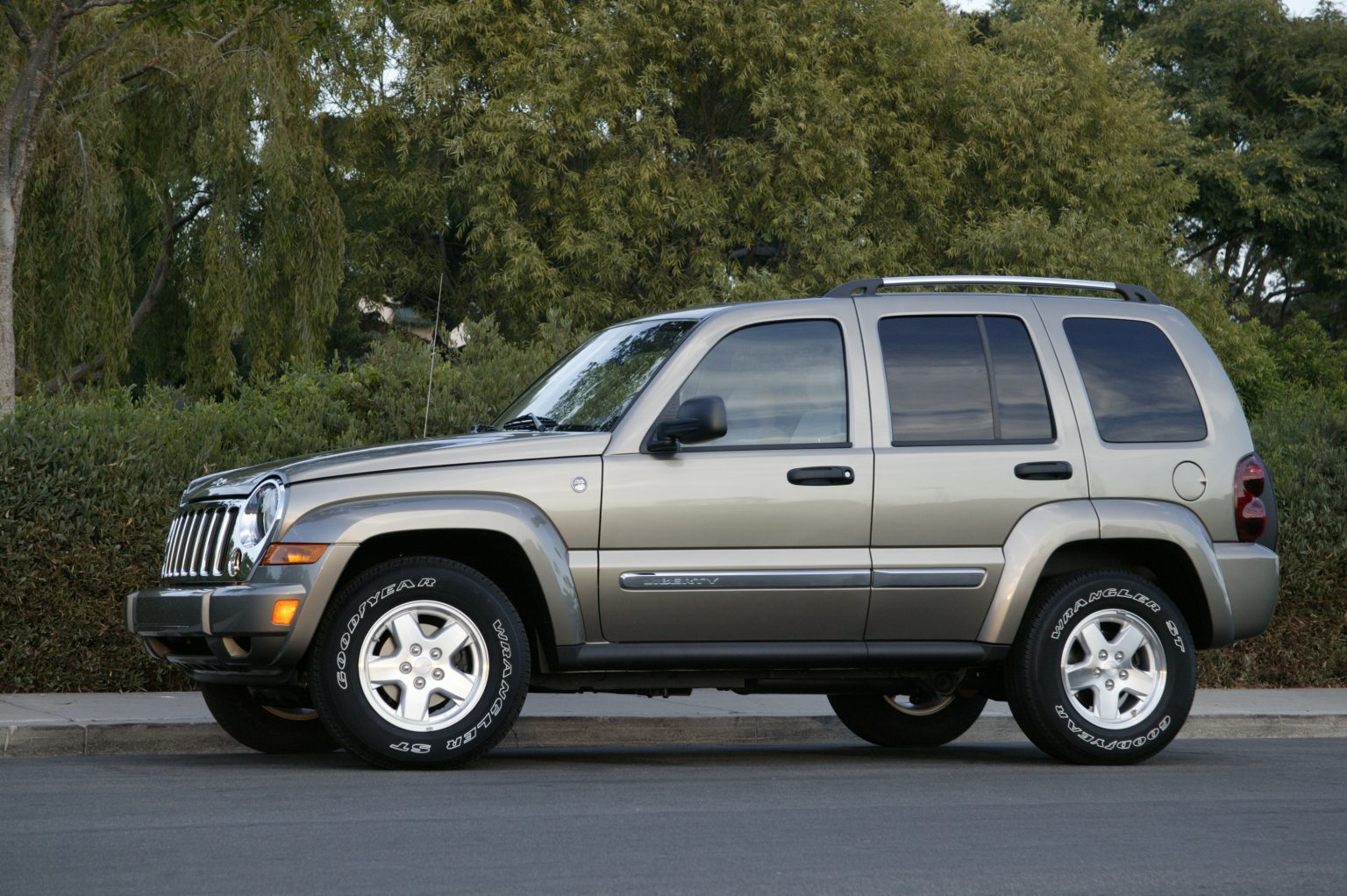
The intriguing aspect of this tale is that the 2.8-liter inline-four Duramax engine installed in the Chevy Colorado and GMC Canyon has technical ties to VM Motori.
In 2007, General Motors, which incorporated VM Motori engines into its lineup for Europe, bought a fifty percent stake from the engine maker at Penske Corporation. In 2011, it was General Motors spent $200 million In Rayong, Thailand, they established an engine manufacturing facility. At this location, GM produced VM Motori four-cylinder diesel engines intended for the domestic market and referred to them as the Duramax XLD25 and the Duramax XLD28.
In 2011, Fiat acquired the remaining portion of VM Motori from Penske, followed by purchasing General Motors' stake in 2013. Although GM did not leave completely unscathed, they managed to share the rights to the VM Motori A428 2.8-liter inline-four engine with Fiat.
The engine gained recognition primarily because it succeeded the R428, which powered the Jeep Liberty CRD. Similar to its ancestor, the A428 maintained an analogous design yet incorporated advanced features such as piezoelectric fuel injectors along with enhancements like bigger head bolts. This particular diesel variant, the A428, alongside the compact 2.5-liter version called the R425, were manufactured in Thailand specifically for markets in Southeast Asia.
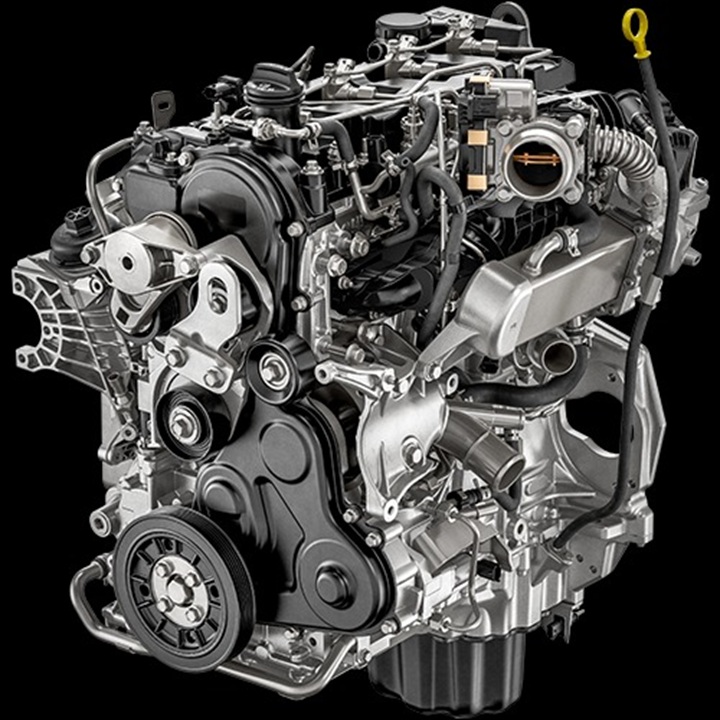
Upon deciding to update the A428 for the contemporary American audience, General Motors called upon its group in Turin to design an advanced version of the powerplant. This updated engine was subsequently named the Duramax, identified by the RPO designation LWN. MotorTrend outlines certain advancements made in Italy:
The engineers at General Motors dedicated over four years to create an advanced iteration of the 2.8L Duramax engine, ensuring compliance with stringent emission regulations across the country. Simultaneously, they aimed to fulfill customer expectations nationwide. To achieve these goals, they crafted a cleaner diesel system designed to run significantly quieter and smoother compared to its global counterpart. They reduced noise through customized fuel-injection software alongside various hardware enhancements: incorporating hydraulic mountings, installing a centrifugal pendulum vibration damper within the torque converter, fitting a metallic shield around the timing belt, attaching a steel base beneath the aluminum sump, adding extensive sound-dampening materials above the engine block, and redesigning the turbine wheel inside the turbocharger.
The adjustable geometry turbocharger found on the 2.8L Duramax closely resembles the GTB1752VKL variant utilized in various international markets. This updated compressor wheel features altered blade angles and design aimed at enhancing both performance and acoustic properties. If you're contemplating methods to boost power output, take note: the part number displayed on the prototype turbo we observed is GM 5548935, with "Honeywell M12 EC-5" inscribed on the compressor casing. Upon rotation of the turbine section, exhaust gases pass first through an adjacent diesel oxidation catalyst (DOC). They subsequently enter a selective catalytic reduction (SCR) catalyst followed by passage through a diesel particulate filter (DPF). Finally, these gases exit via a Venturi-cooled “bazooka” tailpipe akin to what’s seen on heavy-duty vehicles.
The truck doesn’t have a muffler since it complies with GM’s standards for sound levels and pitch. It also generates lower backpressure using a direct exhaust path post-DPF. Constructed from an aluminum alloy, the cylinder head is fastened to the cast-iron block via ten bolts. When you factor in all emission control components, this four-cylinder diesel adds approximately 261 to 301 pounds compared to similar Colorado models fitted with the entirely aluminum 3.6-liter V-6 gas engine, which itself is heavier by around 440 pounds over the 2.5-liter inline-four petrol variant. Fully assembled, the diesel powerplant tips the scales at roughly 515 pounds.
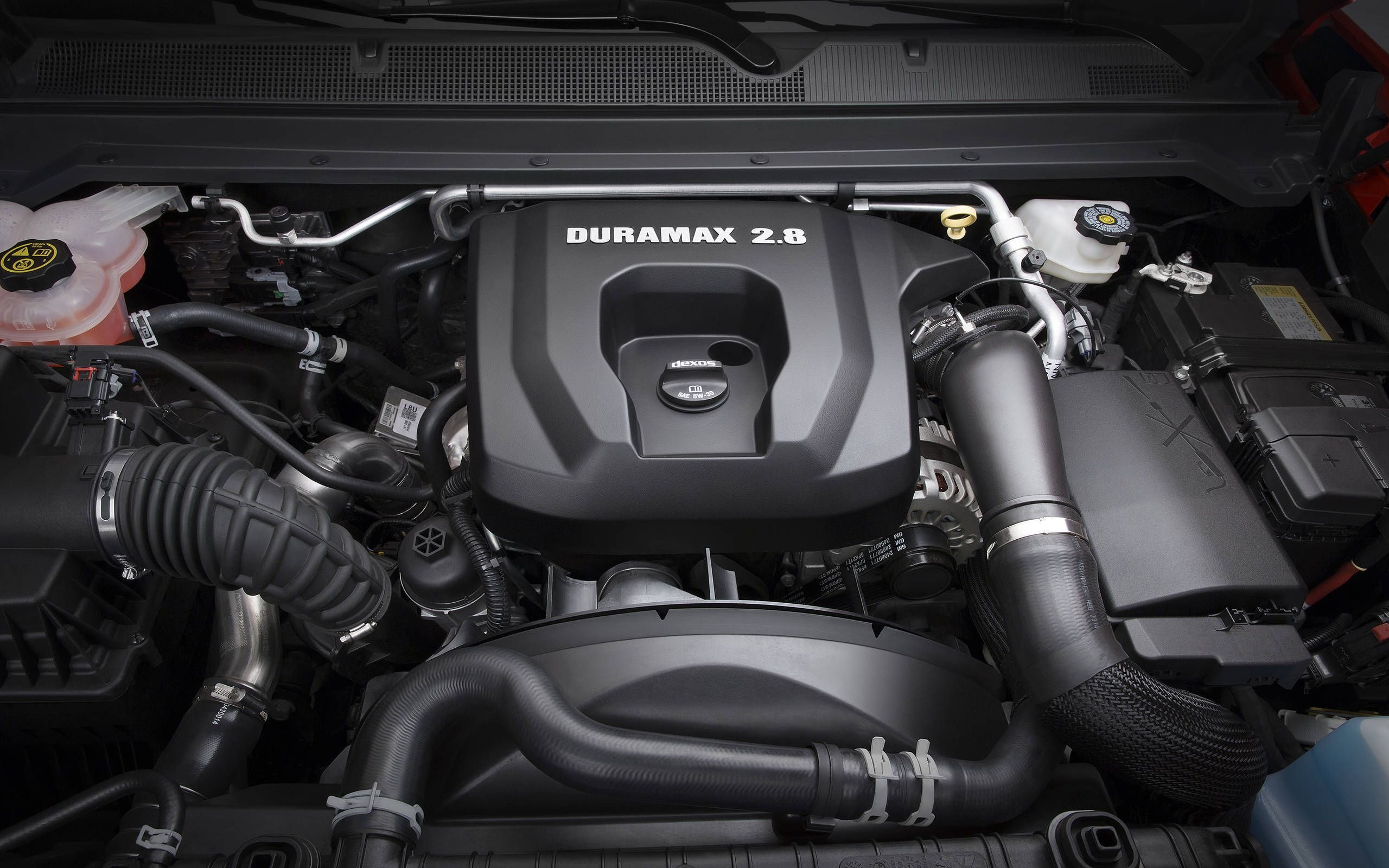
It’s reported that Italy wasn’t solely responsible for the entire development process of the Duramax LWN, which received assistance from General Motors facilities in both Michigan and Germany. The engine features a fully balanced forging steel crankshaft, twin overhead camshafts, along with 29,000 pounds per square inch Denso fuel injectors. An additional detail not mentioned previously is that the Honeywell turbocharger incorporates water-cooled components within the turbine housing to mitigate excessive temperatures during heavy workloads.
Scott Yackley, who serves as the Assistant Chief Engineer for the LWN project, mentioned to Diesel World The LWN underwent the identical verification and testing procedures as the 6.6-liter Duramax V8 engines. Yackley emphasized that this engine was designed specifically for trucks right from the beginning rather than being an automobile engine repurposed for use in a truck.
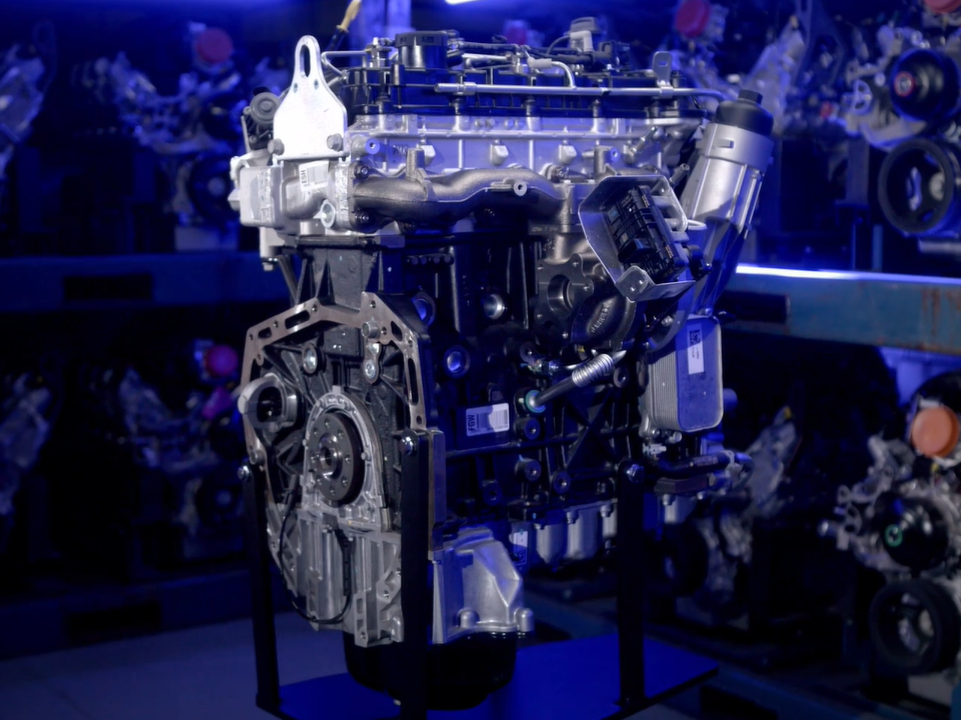
An interesting aspect is that since the Duramax 2.8 LWN originated from an older VM Motori design, the compact Duramax engines marketed in America have significant differences despite sounding quite alike. The 3.0-liter Duramax LM2 "Babymax" inline six, utilized in GM’s light-duty trucks, has no relation to the LWN engine.
The LWN made its debut in America during the 2016 models. Similar to its forerunner, the LWN was manufactured in Thailand and incorporated 55 percent locally sourced components.
The Colorado’s Intense Development

The Duramax LWN made its debut in the engine compartments of the 2016 Chevrolet Colorado and GMC Canyon models. At the time when these vehicles hit the market, they were relatively uncommon. During this period, the sole other major U.S. car manufacturer offering a mid-sized diesel pickup was Jeep, with their Gladiator EcoDiesel variant.
The spirited inaugural model of the Chevrolet Colorado, introduced in 2003, resulted from a collaborative effort involving GM North America, GM Brazil, and Isuzu. These pickup trucks were noted for their wide array of engine options, spanning from the distinctive Atlas inline-five cylinders to the powerful 5.3-liter LH8/LH9 V8 engines. Our Thomas once wrote Regarding how amazing and significantly underappreciated these initial Colorados were, I highly suggest giving them a try.
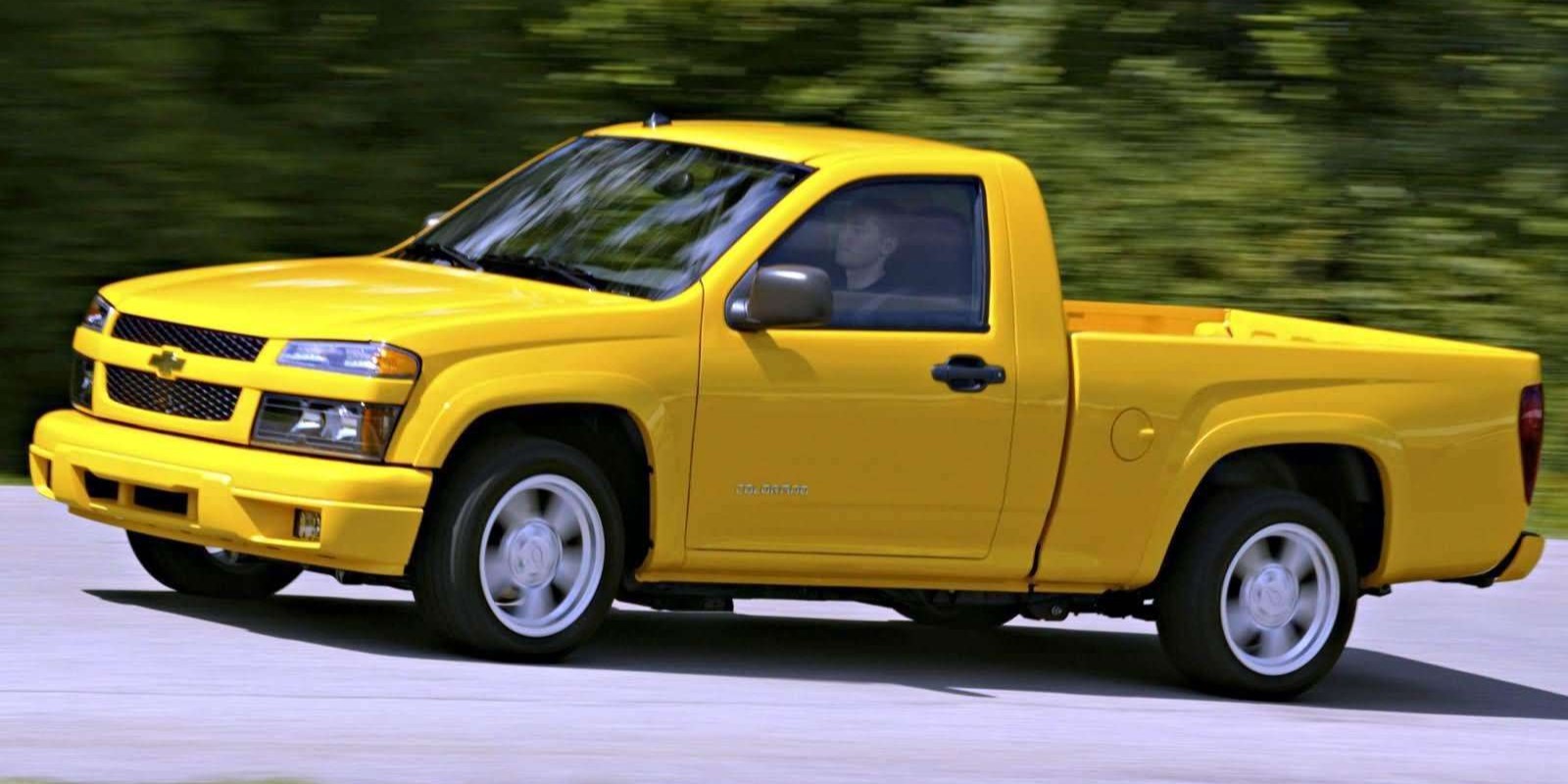
Unfortunately, even though the platform included diesel engines, they weren’t available to American customers initially. You’d have to wait for the next generation for that. The updated version of the Colorado hit the international markets as part of the 2013 model line-up in 2012. Car and Driver explains a portion of the international collaboration involved in that truck project:
Chevrolet has released details about its new 2013 Colorado model, and when they say it's a global vehicle, their statement extends beyond mere sales territories. The creation process took place across five continents; however, most of the engineering was carried out in Thailand by Brazilian professionals from General Motors' South American Design Center, who also designed the exterior look. Initially, GM showcased a prototype at an event in Thailand—curious as to why Thailand? It turns out small pickup trucks enjoy significant popularity there. Shortly after, around half a year later, they presented yet another design preview during an exhibition in Argentina. A key point remains unclear: Is America included under this "global" label? Chevrolet hasn't confirmed one way or the other, but based on what we've seen so far, the Colorado appears ready for competition within the US market.
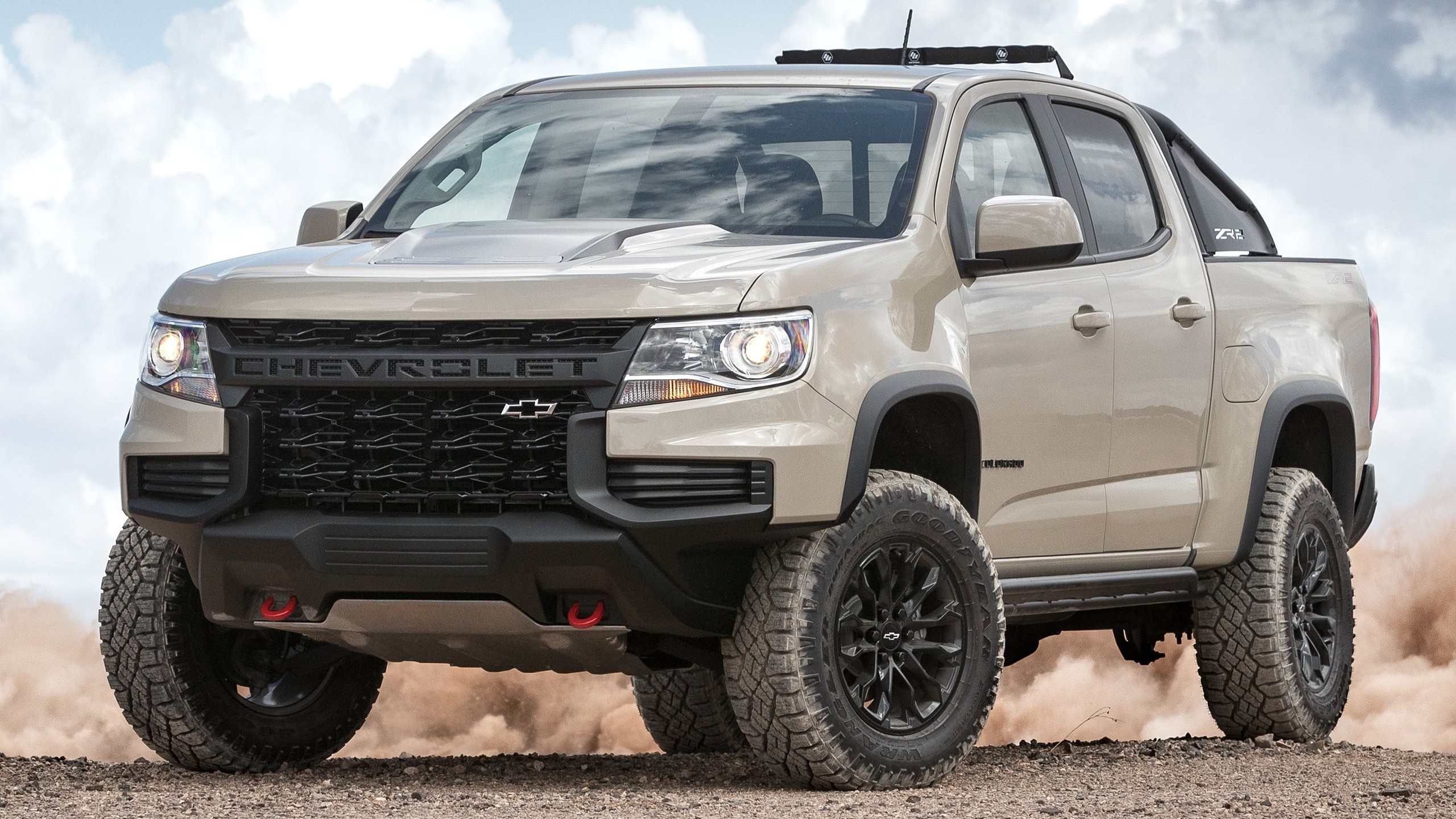
Yes, we did obtain the Colorado, though this happened only after GM modified the global model extensively such that the resulting vehicle diverged significantly from its international counterpart. The changes made resulted in two trucks being more distinct than alike. Car and Driver piece:
However, our truck won't be identical to the Chevrolet Colorado sold outside since 2012. Significant changes can be seen upfront: redesigned headlights, updated fog lamp housings, a fresh grill, and additional modifications. The sleeker front end marks quite a shift away from the boxy styling found on the latest Silverado models—a choice likely aimed at clearly distinguishing between premium Colorados and entry-level Silverados, as their price points may intersect. This aesthetic leans closer to what you'd see on sedans and SUVs within Chevy’s range, an effort intended to boost appeal for these types of customers. These potential buyers might favor such a vehicle due to its compact size—five inches slimmer, three inches shorter, and weighing approximately 900 pounds less compared to the winning Silverado in comparisons. Hence, it appears smaller without actually falling into the category of true compacts.
Chevrolet informs us that the roof stamping is the sole significant external part shared between the U.S. model and the international variant of the truck. Meanwhile, a newly designed boxed and hydroformed frame aligns more closely with that of the Silverado, enhancing both structural integrity and collision safety compared to the global Colorado. Internally, the instrument cluster and dashboards have undergone complete redesigns, and at higher trims, they will incorporate a touchscreen interface for Chevrolet’s MyLink system. Production of the Colorado and Canyon models will take place in Wentzville, Missouri, where assembly lines also produce the Chevy Express and GMC Savana vans as before.
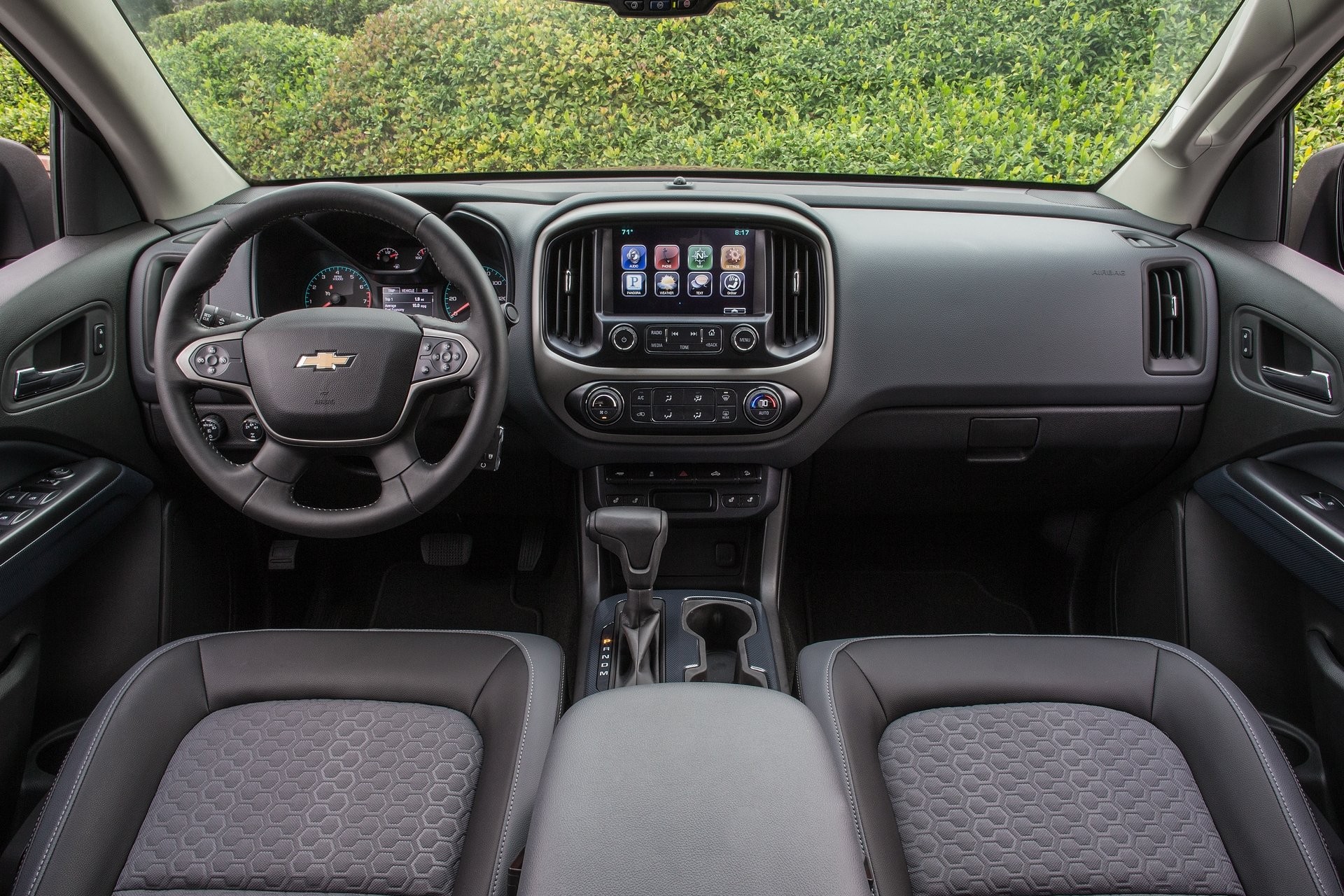
The Colorado underwent rigorous water tests throughout its development as well. As reported GM Authority The GMT 31XX platform underwent a dunk tank test wherein water was raised around the vehicle's rockers. This was conducted as GM understood that their Thai customers frequently navigated through floodwaters during monsoon season and aimed to ensure that the new trucks could withstand such conditions.
GM sprayed 825 gallons of water per minute onto it for eight minutes to ensure the truck could withstand a heavy storm without leaking. Additional testing involved driving through a 50-foot-long water channel, subjecting the vehicle’s windows and openings to powerful jets from high-pressure hoses, and finally exposing them to fine mists. The latter step was crucial since tiny water particles in the mist can penetrate spaces where bigger drops cannot. Thus, the vehicles had to be prepared for this challenge as well.
The American Colorados and Canyons underwent similar rigorous tests, implying that you could drive the Colorado through extremely wet conditions while staying dry inside and ensuring it remains functional after the journey.
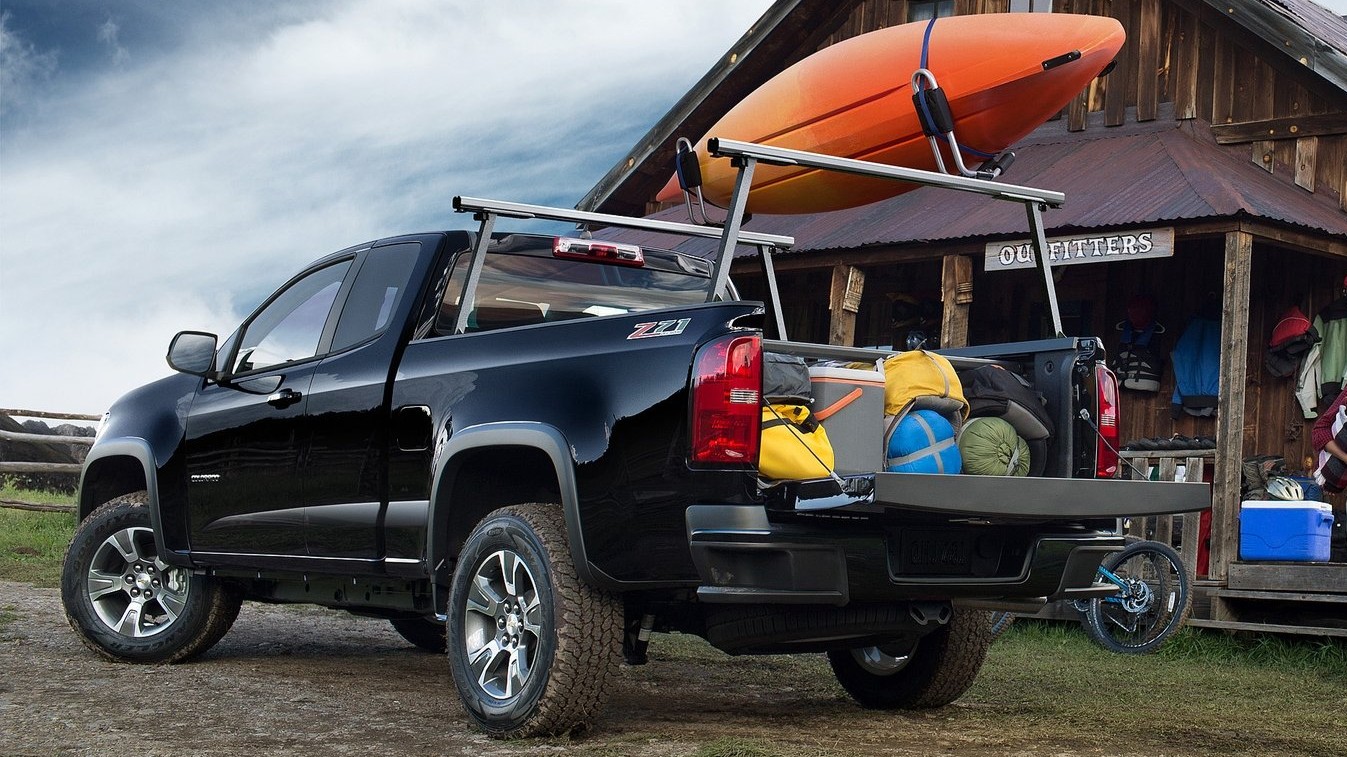
General Motors states that improving fuel efficiency was a key objective for the second-generation Colorado. While these pickup trucks were engineered to excel as tough off-road vehicles and reliable workhorses, GM aimed to attract purchasers transitioning from sedans or crossovers by offering respectable gas mileage.
The outcome featured yet another remarkable selection of motors. At the lower end, there was a compact 2.5-liter inline-four delivering an output of 200 horsepower along with 191 pound-feet of torque, achieving fuel efficiency as high as 27 miles per gallon. On top stood a larger 3.6-liter V6 engine boasting 305 horsepower and 269 pound-feet of torque at a rate of up to 25 miles per gallon. This smaller four-cylinder motor provided a pulling power of 3,500 pounds when towed correctly; however, vehicles equipped with the more powerful V6 were capable of hauling weights up to 7,000 pounds.
The Uncommon U.S. Medium-Sized Diesel
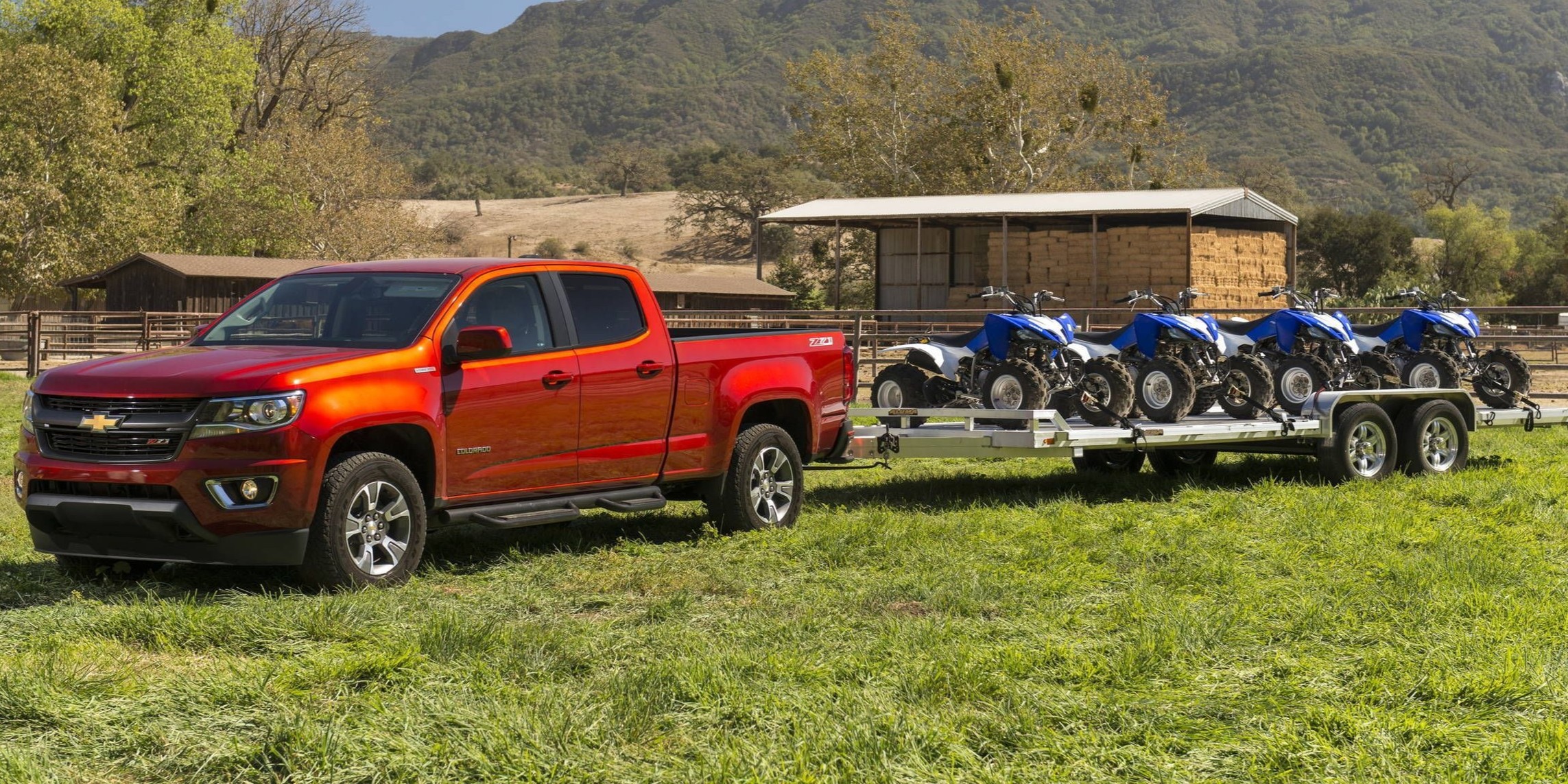
In 2016, GM introduced the Duramax LWN engine as an additional powerplant choice for both the Colorado and Canyon models. These trucks produced 181 horsepower and delivered 369 pound-feet of torque when equipped with this new engine. While it fell slightly short compared to the four-cylinder gasoline engines in terms of horsepower, it provided an extra 100 pound-feet of torque over their V6 counterparts. However, the primary aim of offering this diesel variant wasn't necessarily about maximizing torque; instead, it aimed at helping the Colorado achieve fuel efficiency beyond the symbolic milestone of 30 miles per gallon.
Despite this, Car and Driver notes, installing a diesel engine in the Colorado and Canyon transformed them into powerful haulers:
Everything about this engine's torque makes the Colorado Duramax excel exceptionally in towing duties compared to other compact trucks. With the most powerful gas version capable of handling 7,000 pounds, a rear-wheel-drive diesel variant boasts an impressive capability to pull up to 7,700 pounds. Opting for the four-wheel-drive diesel reduces the maximum tow rating slightly by just 100 pounds. However, even with these figures, owners still have ample space—over half a ton—to include extras such as accessories, water supplies, and freight items like premium bedding when pulling Airstream’s sizable, 28-foot long "Land Yacht" travel trailer which starts at around 6,586 pounds. Without the robust low-end torque provided by the turbo-diesel, the performance of the petrol variants will not match up comfortably under various loads during towing tasks.
[…]
As we towed a 4000-pound horse trailer—a convenient addition from GM—the true character of the diesel engine emerged. Although quiet overall, one can distinctly hear the distinctive clatter characteristic of a compression-ignition engine. This noise isn’t unpleasant; indeed, many owners might find it comforting, knowing exactly what they’re hearing when a diesel operates properly. However, this sound is unmistakable. Additionally present is an integrated exhaust brake, commonly referred to as a "Jake Brake," which controls descent speeds using engine exhaust pressure rather than relying heavily on the vehicle’s four-wheel disc brakes.
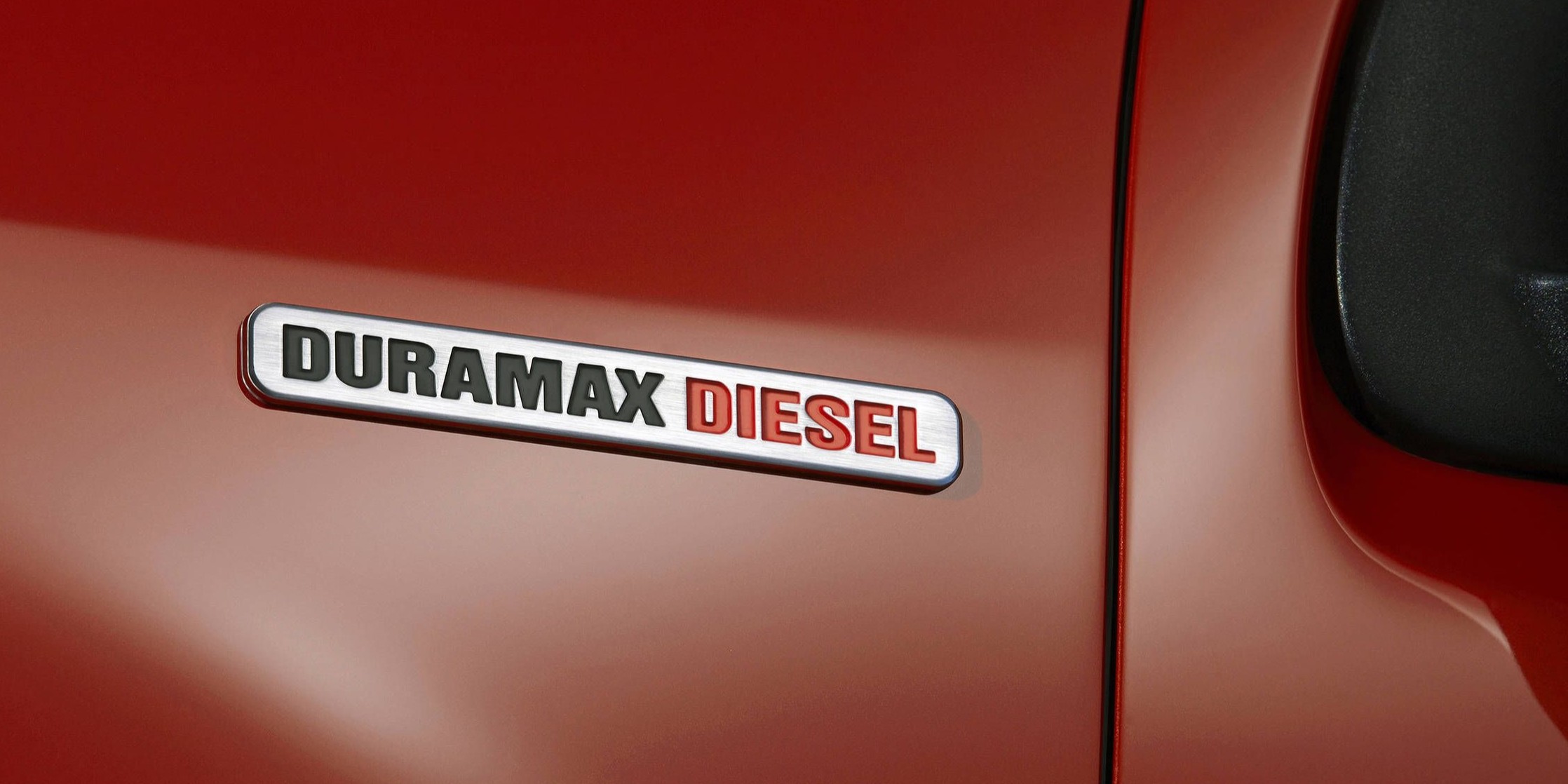
Chevrolet set the price of the diesel model at $3,730 more than a similar gasoline-powered truck. Autoweek The most affordable option for getting into a Colorado Duramax was to opt for the LT model with rear-wheel drive. Without needing a 4x4 system, you could acquire the truck for as little as $33,420 before adding extra features, which was quite reasonable. For those who wanted the snazzier Z71 package including four-wheel drive along with the diesel engine, the price remained fairly moderate at $39,265.
MotorTrend kept a Z71 tester for nearly a year and around 30,000 miles, singing its praises extensively:
Our fleet doesn’t have anything as versatile as the Colorado Duramax. Think of it like a rolling Swiss Army Knife—it can handle all sorts of tasks effortlessly. Whether I needed to run daily errands, load up the truck with construction materials, embark on a road trip, or go off-road adventuring, the Colorado was consistently prepared for every situation.
Driving in the Los Angeles area can be quite demanding, but the Colorado strikes an ideal balance—it’s spacious enough for four adult passengers to ride comfortably yet compact enough to navigate through heavy traffic or find parking spots easily. It performs exceptionally well on highways as well, offering a serene interior environment along with superb views from all angles. Additionally, once you leave paved roads behind, my Colorado Z71 proves itself adept off-road, capable of tackling rugged terrains such as those found within Death Valley National Park and similar locations.
Throughout this time, the standout feature of the Colorado was undoubtedly its engine. Despite generating just 181 horsepower from its Duramax 2.8-liter turbo-diesel inline-four, it delivered an impressive 369 lb-ft of torque. This allowed the mid-sized Chevrolet pickup to accelerate confidently. I always felt adequately powered, although occasionally wished for quicker shifts when pushing harder; at times, the six-speed auto transmission would take longer than expected to drop gears and access the peak performance range of the Duramax’s torque curve.
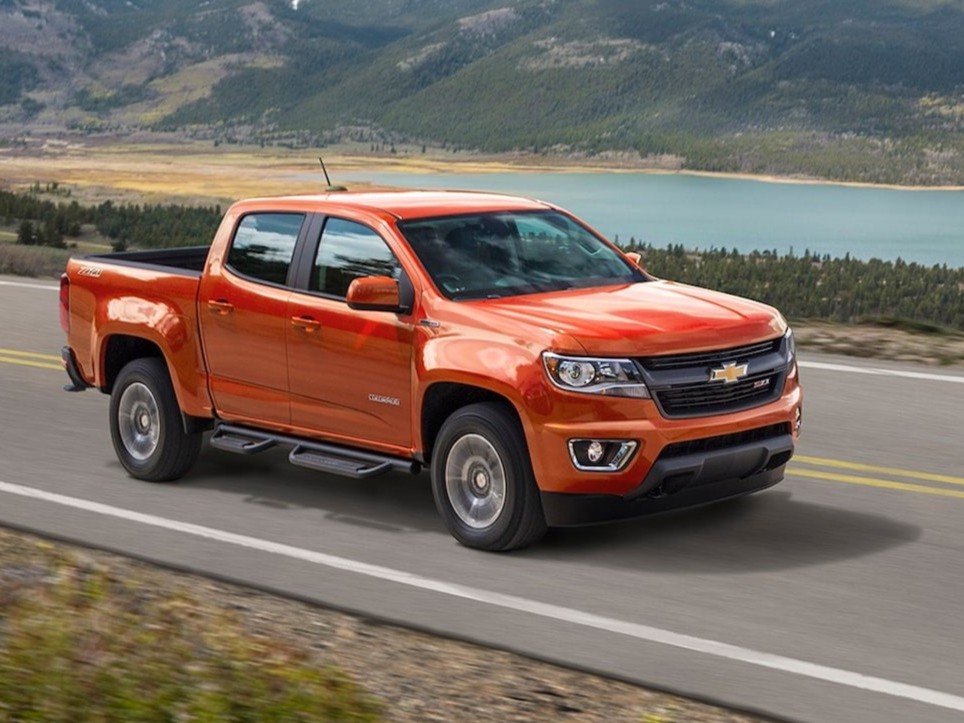
The report indicated that although Chevy advertised up to 31 mpg for highway driving with the Colorado model, their tests yielded only 23.2 mpg across 28,158 miles driven. This might not seem particularly noteworthy until you compare it to the fact that using a gasoline-powered V6 engine resulted in an average fuel efficiency of just 19.5 mpg during testing. MotorTrend Unfortunately, the Colorado Duramax received lower marks due to higher costs associated with fueling and maintaining it compared to a gasoline-powered truck. However, the organization determined that these additional expenses were justified because of improved driving experience and better fuel efficiency.
GM has made the diesel option readily accessible throughout their lineup, even incorporating it into the highly capable ZR2 off-road version. For some time now, American consumers have been able to purchase a compact yet rugged off-road ready pickup equipped with a diesel motor. If you're unfamiliar with what GM offers, let me explain: ZR2 models came packed with features such as lockable front and rear differentials, Multimatic aluminum-bodied shock absorbers with remote reservoirs, an additional two-inch clearance, protective underbody armor, side railings, up to ten inches of wheel travel, and 265/65R-17 Goodyear Wrangler DuraTrac tires. Diesel engines excel at providing substantial torque at lower RPM levels; this attribute not only enhances towing capabilities but also turns these trucks into agile climbers akin to mountain goats when navigating tough terrains.

That said, not all aspects were positive. The early models of Chevy Colorado and GMC Canyon Duramax diesel trucks experienced significant initial problems, as previously mentioned. in a previous piece:
Unfortunately, these engines have also gained a poor reputation. To what extent has this occurred? A discussion thread on a Chevy Colorado forum discusses this issue. has a thread counting The quantity of severe engine failures reported by LWM owners. While this warrants further investigation at some point, there are sadly numerous accounts of complete engine breakdowns with these vehicles.

These initial engines seemingly suffered from Wrist pin issues, along with injector problems leading to melted pistons, unexpected metallic debris, broken rocker arms, and ring malfunctions. Upon reviewing malfunctioning engine accounts, stuck or defective injectors have frequently been identified as the primary culprit.
Fortunately, such failure reports appear to mainly focus on vehicles from the 2016 and 2017 model years, while many owners of newer versions have not experienced these issues. reporting Good news about their trucks. However, certain newer models and some modified ones have faced engine failure issues.

Unfortunately, even with all the acclaim, the situation was clear as far back as 2020. Reports Rumors about the imminent discontinuation of the Duramax LWN began circulating before they became officially confirmed in 2022. Additionally, GM withdrew from Thailand in 2020, shutting down the production line in Rayong during that season.
General Motors sold these trucks exclusively based on buyer demand. Consequently, they’re not considered scarce. You might come across a Colorado diesel with more than 100,000 miles for around $20,000, whereas those with fewer than 50,000 miles could easily exceed $30,000.
For six years, General Motors offered mid-size truck owners an alternative. This allowed Americans to experience the benefits of a diesel-powered vehicle without committing to larger models or breaking their budget. However, similar to GM's other attempts with diesels during the late 2010s and early 2020s, this option did not last long. Apart from enthusiasts such as myself, many others had shifted away from using diesel engines in compact vehicles. That’s unfortunate since having a midsized diesel engine seems quite appealing. Still, you can find numerous examples of these trucks around today; thus, it isn't too late for anyone interested to appreciate driving one themselves.
The post For merely six years, the most affordable diesel pickup truck in America was a compact Chevrolet model that achieved an impressive fuel efficiency of 31 miles per gallon. appeared first on The Autopian .

Posting Komentar
Posting Komentar